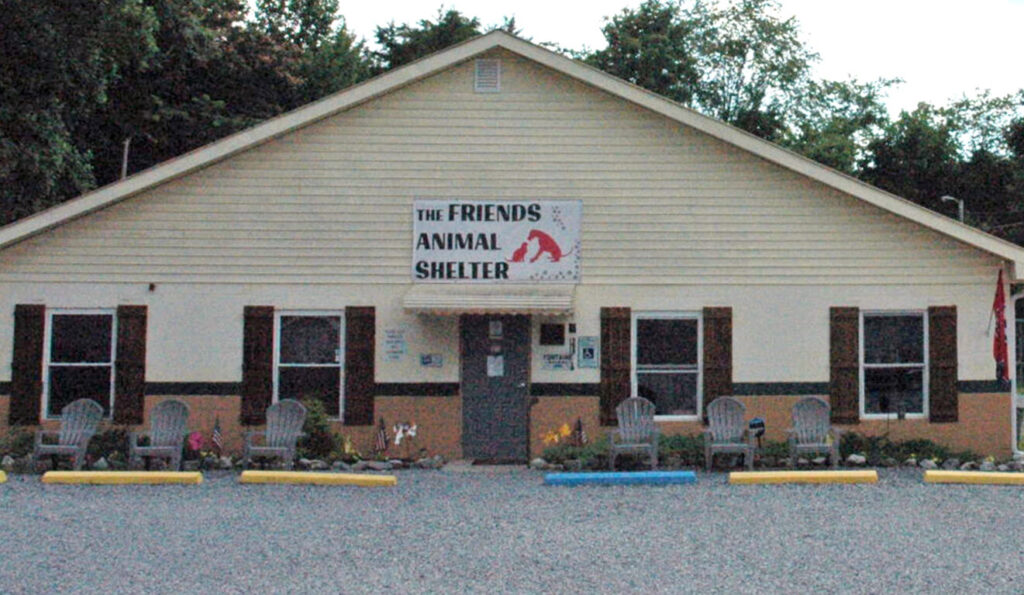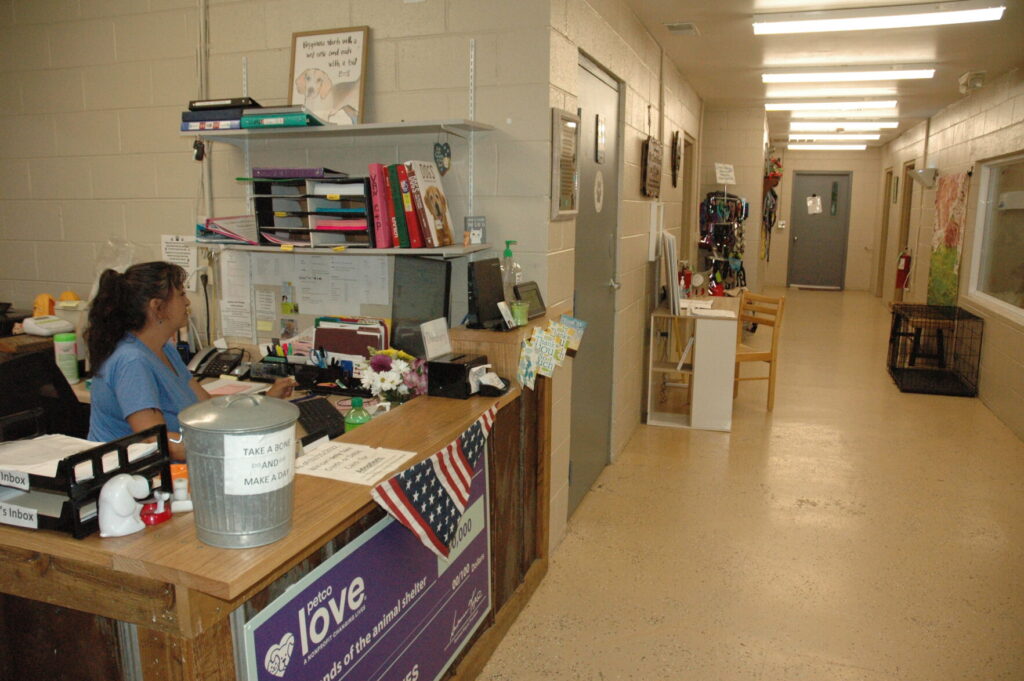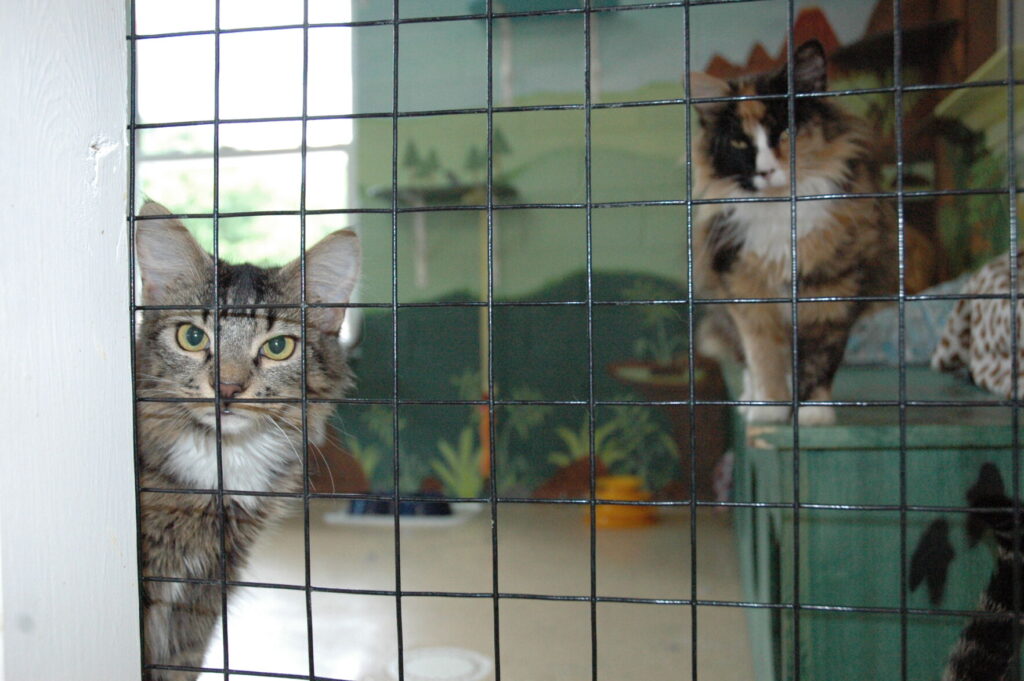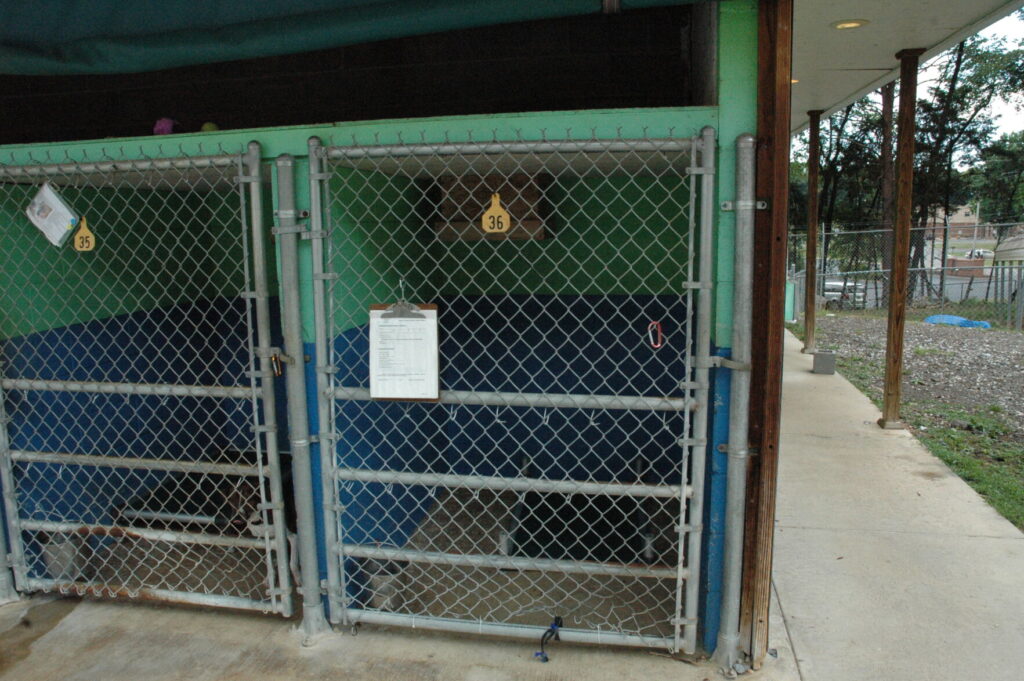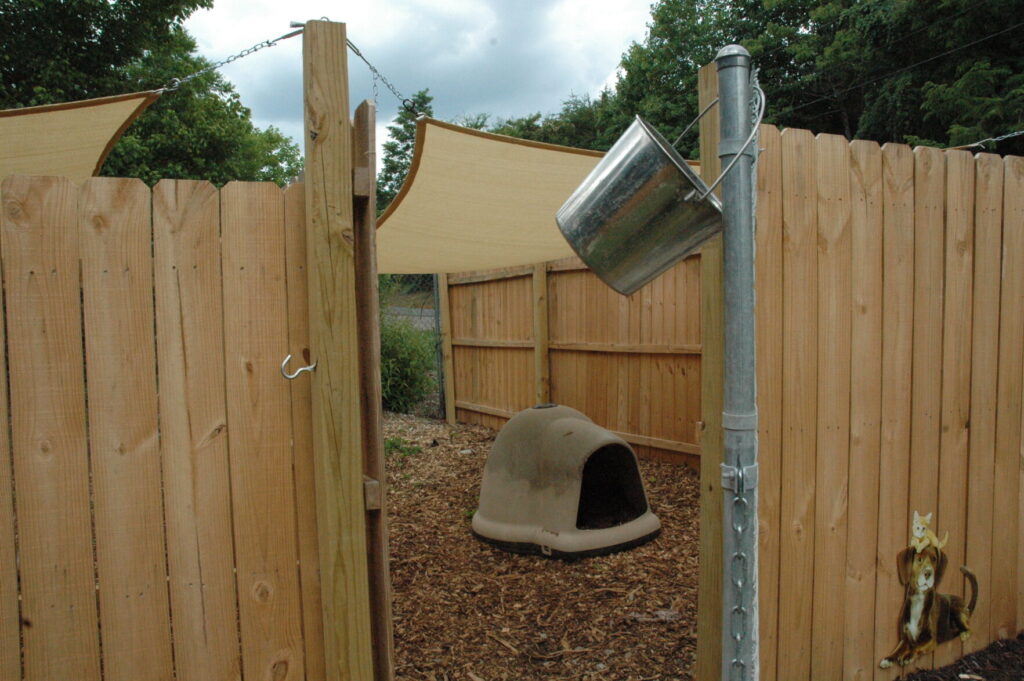
NEWPORT—A drive through the beautiful Cosby area offers a relaxing glimpse of country life, where time slows to a crawl: gorgeous mountain scenery, waterways, old houses on curvy roads that trace a stream. These otherwise picturesque scenes, however, are punctuated by strange warning signs: “We don’t want to be Pigeon Forge,” or, “We don’t want to look like Gatlinburg,” and, “Broadband when?”
The signs mark a shared suspicion of uncontrolled growth, outside acquisitions, and issues residents fear could arise from spurious foreign investment, like heavy traffic. With no rules in place to reassure them, it is not unreasonable to see people using their land to make a statement. Better a sign out front, than gridlock on a country road. Overheard conversations turn tense, or even hostile, when residents hear each other talking about improvements to the county, because there are no rules in place to control growth, however well intended or positive the outcome may be.
On the other hand, there are no rules protecting residents from having rock quarries built next door, or commercial-scale burn operations adjacent to residential houses, both of which are taking place around the county now, which holds the dubious distinction of being one of just two counties in Tennessee with no zoning laws whatsoever, leaving Cocke County open to further exploitation.
Municipalities where natural beauty is paramount walk the line between protecting that beauty while maintaining a healthy and functional economy. Simply having no rules has done well to drive out mature business owners that want to see their investments protected, property attorney Jeff Greene told the General Committee during a July 14 meeting at the Chancery Courtroom in the Annex. If growth is inevitable, he says, that growth can be controlled.
“The only way to make sure that happens is if we have some rules in place before the growth starts,” Greene said. “Without it, I can put a billboard on every parcel running up and down Cosby Highway, I can build a five story hotel, I can build a junkyard beside it.”
Commissioner Gayla Blazer was turned around in her chair to hear Greene. She leaned forward to address him.
“But it’s sort of like a conundrum,” she said. “You say, ‘Before the growth starts,’ but then again, we’re not growing because we don’t have those [zones] there.”
Developers need reassurances that they can operate in a location, Greene responded, but with zoning in place they are also required to go before the county for permission to make changes. He used the example of roads.
“Roads are a huge issue. Gravel roads, ways, lanes, things like that out in the county. Can you divide off of them? Can you not?” he said. “Zoning, again, now when someone wants to do this, they’ve at least got to come before the county and say, ‘I’m going to build a new road.’”
He said zoning would help in sub-developments and ensuring everyone has a good title, including access to utilities and water on their lots.
Cocke County Partnership President Lucas Graham attended the meeting to talk about his role in developing a mode of zoning that would best serve Cocke County. By now Graham has heard all the criticisms, complaints and encouragement available to a person tasked with bringing business into a county that desperately needs money, but does not want the changes that might come with it.
Whether any zoning rules are put in place or not, Graham has used a $120,000 development grant to hire engineers – the same minds responsible for helping zone the Cherokee nation, as well areas of Asheville and Knoxville – and work on a community study that would end with recommendations for how the county might possibly be zoned.
He is taking a conservative approach to that process, being careful not to go too far, too fast.
“We’re going to have to look at a ‘training wheels’ version that would provide some protections,” he said, “and then the least that we could do is some planning, along with that. So they have recommended what you call, just a permitting—or we implement a zoning policy, but by permit.”
Graham said such permits would define general commercial district areas.
Commissioner Gary Carver, also in attendance, said in other counties the most basic of zoning tools at their disposal allow county governments to identify commercial corridors, and the rest is either residential or agriculture. He said it is up to individual counties how loosely they want to define those areas.
Part of the grant process Graham is involved with invites public input, giving county residents a say in how the government should proceed with guidelines from the engineers recommended by the state.
“You don’t even have to do what they say,” he said.
There are $144 million in new state roads coming, which bring about change whether counties want it or not. The idea, Graham said, is to get ahead of those changes through planning, lest it turn into a nightmare. The state has advised the county to have a plan.
Chairman Forest Clevenger interjected to clarify that zoning has nothing to do with ordinances telling people how they can use their own land. Later, Greene would add that existing properties are grandfathered in and nothing would change there, either.
“A lot of people do confuse ordinances with zoning,” Clevenger said. “We’re not trying to dictate what someone can do with their property. It’s more like protecting you, and your property. As it is right now, I mean, somebody could build a chemical plant right over here behind the sub-division and there’s absolutely nothing that we could do to stop it.”
Clevenger said that people have been coming to him with complaints because he openly supported some development in Hartford.
“Yeah, I do support smart development in Hartford, but like I said, we have no control over that, and they can be as angry as they want to with the CLB,” Clevenger said. “Of course, you know they’re going to blame us for anything that happens, but we have no authority to stop or start anything.”
With zoning in place, it would be incumbent upon the public to show up to government meetings and give their input, and often times it is the public who must go up against corporations when it is time to resist those changes, but it also provides the best legal means for controlling changes in a given area.
Greene said the community study would need to be completed to determine how to zone, but that zoning in other counties where he has worked has improved conditions in those areas, bringing growth to cities and counties. He said the debates in those areas included people who were against zoning, those who were for it, and those who wanted to see a more nuanced approach. He said zones are intended to build communities while protecting them from the excesses of growth.
“Because now, this area over here is set aside for an industrial park. You can’t build an industrial park over here in the mountainous region of Hartford where we want to protect our beauty and everything else,” he said, in reference to hypothetical zones.
“You could put a development district in Hartford—just district that out as its own special development district, have a commercial, have business zones. You could do multipurpose zoning. But what you don’t want to have happen is – and the reason things don’t develop as quickly, in my opinion, is – we put sewer in, we have Hyatt come in and want to build a hotel here. Well, Hyatt wants to know if, next door on that 100-acre tract, am I going to get some commercial development here, or am I going to get an industrial park, or am I going to get a pig farm? That zoning would help when someone wants to come in and develop a different piece of property, they would at least be able to determine what would come in around them.”
“I think that helps us recruit business and would help Lucas be able to recruit business, but like he said, and like you just said, this is not land use ordinances. This is zoning. This is, ‘This section of the county is more agricultural and we want to keep it agricultural, so we’ll do this here.’ You know, you do a residential and you do a business section, and from there, you would be able to then decide, ‘Do we want to delineate those into a smaller type of zone?’ But I think we really just need, like he says, the basic zoning overlay of the county, and then from there work on the districts that we want to see developed. You know, if we don’t want this district to develop, zone it so that development really can’t go quickly there. And if we’ve got a district that—an area that we really want to see grow, zone it so that you can put businesses in there that will come into that zone and grow.” —Greene
“I don’t think it restricts the county,” Greene said. “I’ve seen that argument, and I’ve seen it play out over a 10-year period, that it actually – after time – really does help the county draw in more people than run people off.”
Blazer asked Greene if there is a county nearby that does not have some type of zoning.
“There is not,” Greene said. “It’s not that people don’t want to come here. It’s that they don’t want to put $50 million into a project not knowing … they have no protections for their land use whatsoever.”
Graham said that is referred to as “investor confidence” in his office.
Greene said Cocke County is decades behind the rest of the state in adopting zoning.
In his summary statement, Graham balanced his desires to see economic growth in the county with the concerns of citizens who are opposed to change or development.
“Relevant to the upset folks that are up in the Cosby corridor right now, because of 321,” he said, referring to the proposed expansion of a five-lane highway through the area, “a reasonable concern, but that’s not—it doesn’t matter if that road’s five-lane, six-lane or 10-lane. That has nothing to do with what that corridor’s going to look like, and right now there’s absolutely zero—the only way that they’re going to get what they want is if we have a plan, or at least a commercial corridor, that restricts somewhat.”
As Graham finished his statement, Blazer continued.
“The way it is right now, they could just—anybody could go build, do whatever they want to do up there,” she said, “and they have no recourse at this time at all.”
Clevenger said he thinks there will need to be “many more” public meetings like this one, before anything can be put into place.
The work of putting together a committee, seeing that stakeholders are on that committee and hearing input from others with a vested interest, will fall on the next mayor.


